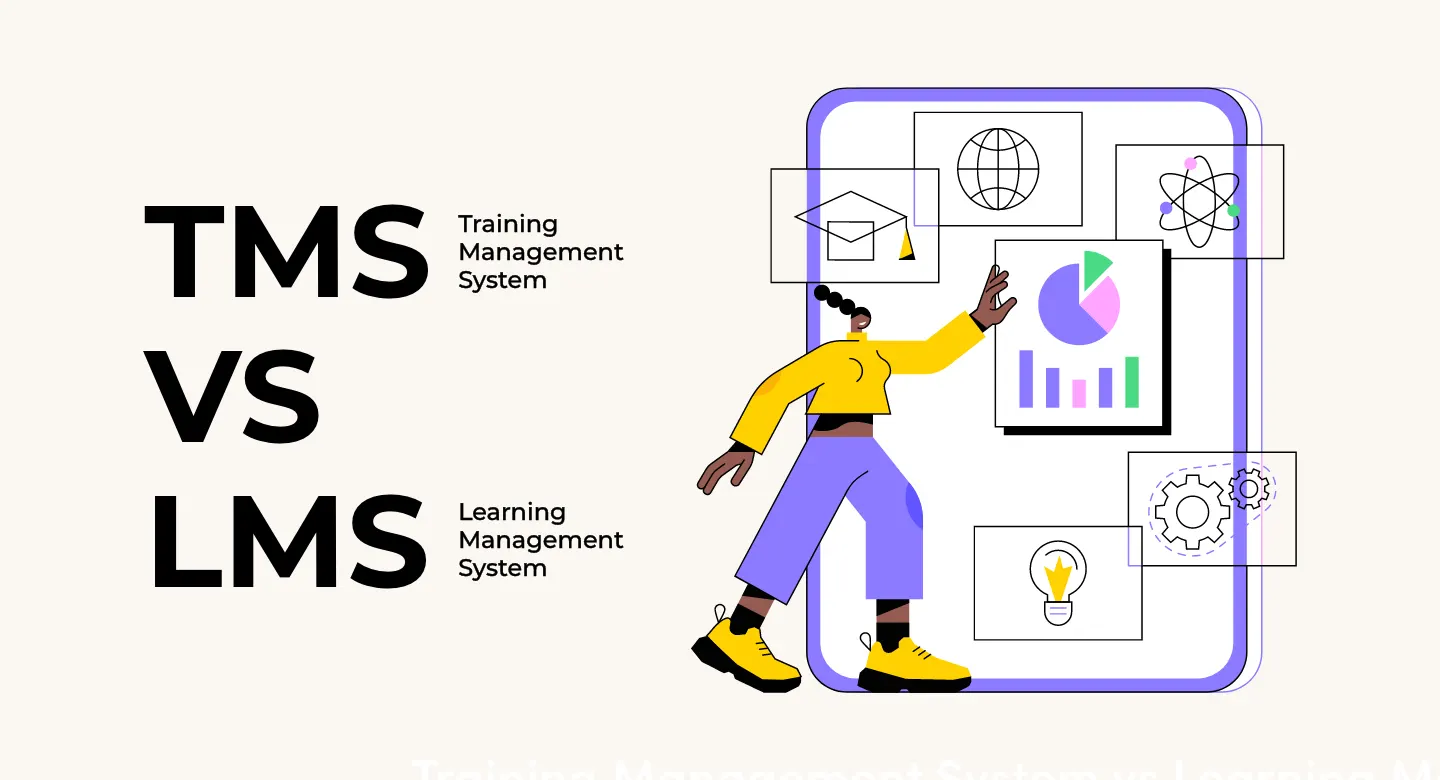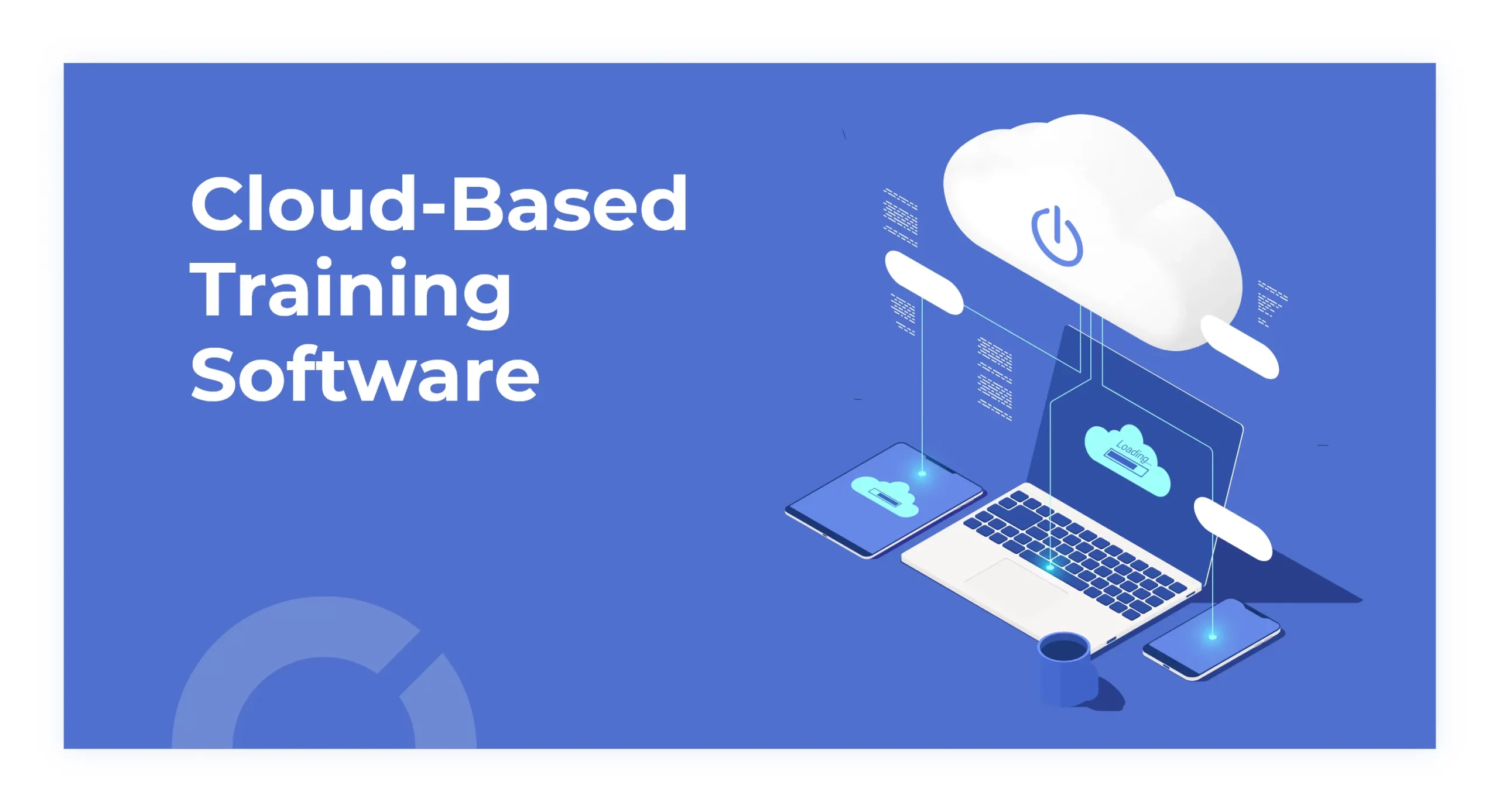Training management systems (TMS) and learning management systems (LMS) are both software applications that are used to manage training and education programs, but they have some key differences in terms of their function and capabilities.
What is a Training Management System?
Training Management System (TMS) is a software system designed to help organizations plan, deliver, and track employee training. It allows for the efficient creation and management of training programs, as well as tracking employee progress. It is typically used to plan, track, and manage the delivery of training programs within an organization. It is often used to manage both online and in-person training, and it can be used to schedule training sessions, track employee progress and compliance, and manage the logistics of training events. Training Management Software is mainly used by HR, L&D and training providers.
- A Training Management System (TMS) helps organizations manage and track employee training activities.
- It is used to plan, schedule, and assign training to employees and track their progress.
- It is also used to track courses, certifications, and other training-related activities.
- Training management software can also be used to track costs associated with training and provide reporting capabilities.
A training management solution is typically used to plan, track, and manage the delivery of training programs within an organization. It is often used to manage both online and in-person training, and it can be used to schedule training sessions, track employee progress and compliance, and manage the logistics of training events. An online training management system is mainly used by HR, L&D and training providers.
One of the primary functions of online training management software is to manage the logistics of training. This includes scheduling training sessions, coordinating the logistics of in-person training events, and managing the distribution of online training materials. For example, a training management solution can be used to schedule a series of training sessions for employees on a new software system, and then track which employees have completed the training and which ones still need to complete it. Also, training management software can be used to manage the logistics of in-person training events, such as reserving a conference room, ordering catering, and coordinating travel and lodging for attendees.
Another key function of an automated training management system is tracking employee progress and compliance. A TMS can be used to keep track of which employees have completed specific training programs, and which ones still need to complete them. Further, a TMS can be used to track employee compliance with mandatory training programs, such as those required by OSHA or other regulatory agencies. This allows organizations to ensure that all employees are properly trained and that they are in compliance with all relevant regulations.
The main benefit of using a corporate training management system is its ability to manage the logistics and administration of training programs in one central location. This can save organizations a significant amount of time and resources, as they no longer need to manage the logistics of training separately from the tracking of employee progress and compliance. Besides, a training management system software can also help organizations to identify areas of improvement in their training programs and to develop new training programs that better meet the needs of their employees.
What is a Learning Management System?
Learning Management System (LMS) is a software application designed to help organizations manage and track employee learning. It allows for the efficient delivery, tracking, and measurement of learning content and activities. It also enables organizations to measure the impact of their training programs on employee performance. It is primarily used to deliver and manage online learning content. An LMS can be used to host and deliver e-learning courses, as well as track student progress, manage assignments and assessments, and generate reports on student performance. Education institutions, corporate e-learning, and e-learning providers mainly use LMS.- A Learning Management System (LMS) is used to deliver, manage, and track online training within an organization.
- It is used to create and deliver courses, tests, and other learning materials to employees.
- An LMS can also be used to track learning progress and assign and grade assessments.
To conclude
While a Training Management System (TMS) focuses more on the administrative side of training management and a Learning Management System (LMS) more on delivery and student/ learner management, some of the modern TMS have started to include LMS functionalities and vice versa. Some of the modern LMS include TMS functionalities like compliance tracking and progress monitoring. In summary, a Training Management System is used to manage the logistics of training programs and track employee progress, while a Learning Management System is used to deliver and manage online learning content.
Olive VLE Training Management System is one of the best training management systems in the market that would fit rightly for your organisational training needs. Any business can rely on our cloud-based training management system for its internal and external training needs. Our platform is designed and curated by professionals with the finest latest features. Olive VLE is the #1 training management system for businesses of all sizes or industries. Reach us for more information on our corporate training management software.







